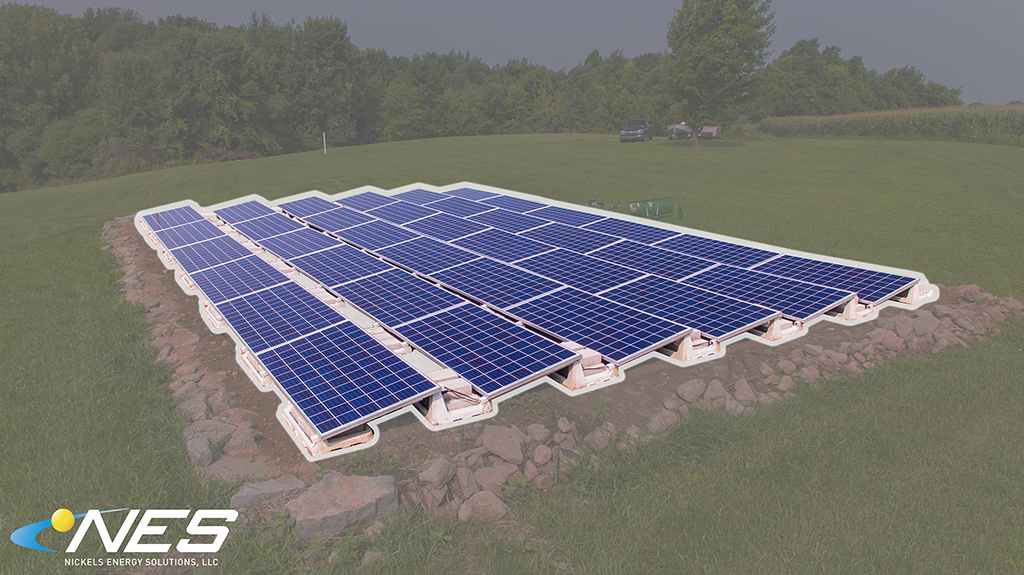NW-Bound
Give me a museum and I'll fill it. (Picasso) Give me a forum ...
- Joined
- Jul 3, 2008
- Messages
- 35,712
When I installed solar on my Phoenix home in 2012, rather than a zero electric bill, I was more interested in the best bang for the buck. At that time, this meant offsetting most (preferably all) summer peak hours usage using the net metering in use at the time while minimizing the end of year excess kWhs in your account that were paid off in peanuts ~$0.03 per kwh. In the seven years that I owned the home, this worked well as all my peak usage (@$0.25/kWh) was eliminated and so was much of the lower cost usage. I ran spreadsheets that showed I was saving about $1500 (out of an annual electric cost of about $2200 per year prior to solar) with a 6.9 kW Sunpower system...
Ah, I live in Phoenix, so can relate to your situation. And my DIY system is somewhat comparable to yours.
I had 7.6 kW worth of solar panels, but their production is less than ideal due to shading from the neighbors trees (2/3 of the panels are ground-mounted). The array is being upgraded to 10 kW.
Being an off-grid DIY system, mine is not grid-tied. The net metering policy has also been discontinued except for grand-fathered systems. The same is happening in many other states such as California.
Hence, I built a lithium bank from start to store the excess power for use when the sun goes down. My battery is 32 kWh, or rather was, as it is getting worn out in its 4th summer. When it gets cooler, I will add another 12 kWh.
In spring and fall, the array can generate enough for daily use, with the surplus going into the battery for use until the sun rise the next day. This means I could be totally off-grid.
Currently in the summer, the battery does not get fully charged because the daytime consumption is high. I run out of battery juice at about 10PM, and the autotransfer switches cut back to the grid. This still helps reduce the bill, because the on-peak period ends at 8PM. The rate drops from 25c/kWh to 8c or so.
Extending the run time past the 8PM peak-period cutoff gives me only 8c instead of 25c, so the marginal benefit is not as high. However, I worry about the future, when the utilities may institute rolling blackouts due to demand exceeding supply. Both SRP and APS have sounded the alarm about this.

